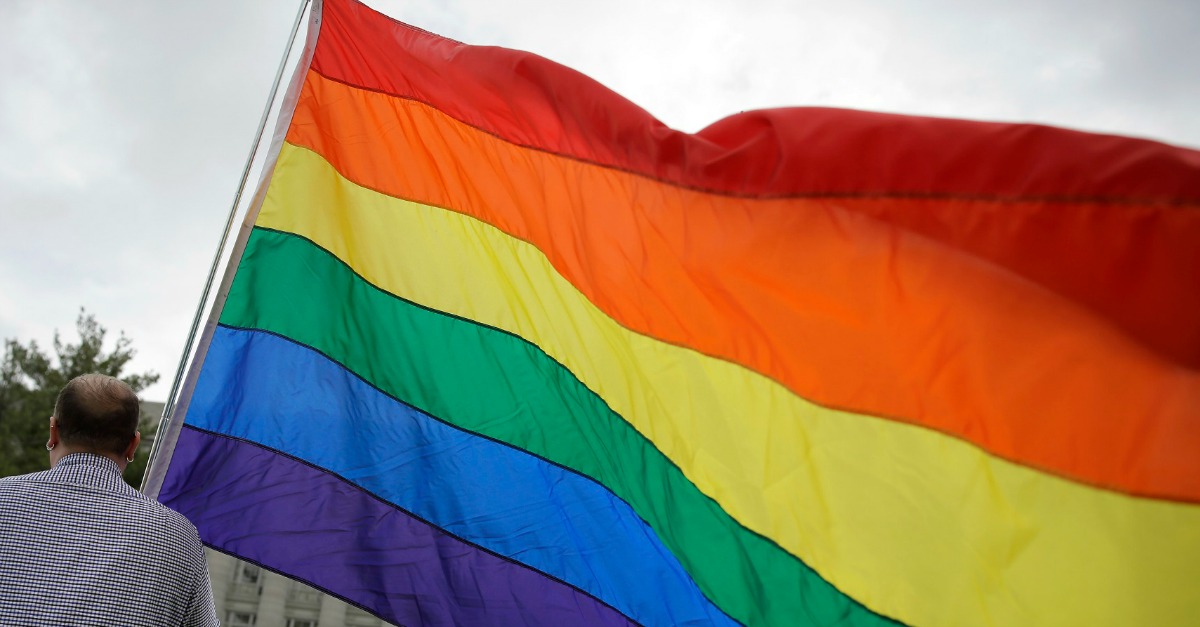The history of Houston’s LGBT Pride Weekend has largely reflected the history of the LGBT rights movement in general, from the lowest points of the AIDS crisis in the 1980s to the jubilation over the Supreme Court decision to legitimize same-sex marriage in 2015.
Videos by Rare
However, one of the biggest reasons for the growth in Houston’s Pride Weekend occurred 40 years ago this weekend, when a woman who made her name doing orange juice commercials spoke out about homosexuality.
Anita Bryant adds “juice” to Gay Pride Movement
Anita Bryant, a club singer and former beauty queen, was an outspoken critic of homosexual rights. She had campaigned against an ordinance in Florida that would have granted equal rights to housing, bank loans and employment to homosexuals. When news broke in June 1977 that Bryant had been booked to sing at a local Houston club, more than 3,000 people marched past the club to demonstrate against Byrant’s actions, marking the first gay pride march of its size in Houston history.
The 1980s: Reagan, politics, and the AIDS crisis
As the decade turned, the protest marches evolved into parades. However, a new disease would cast a pall over the celebrations. The AIDS crisis ravaged members of the gay community, including thousands in Houston alone. The marchers called on Washington to stop ignoring the crisis and authorize funding for research into the deadly virus.
The 1990s and beyond: light up the night
The Pride parades took on a more festive tone in the 1990s. The annual event became the centerpiece of the social calendar in Montrose, Houston’s historically gay neighborhood. Organizers moved the parade from the daylight hours to an after-dark event to avoid many of the heat-related illnesses participants and spectators endured during the heat of the Houston summer.
RELATED: Supreme Court ruling makes pride parades historic, jubilant
From parades to protests: gay marriage, bathroom bills, and the age of Trump
In 2015, the Pride parade moved from Montrose to downtown to accommodate more spectators. The move coincided with the U.S. Supreme Court decision to recognize same-sex marriage in all 50 states, which sparked a massive celebration. The decision sparked a backlash among conservative voters, as state and national political leaders sought to stifle the movement’s progress with so-called “bathroom bills” targeted at transgendered people. Activists have spoken out about turning the parade back to its roots: a march to protest legal attempts at discrimination.



